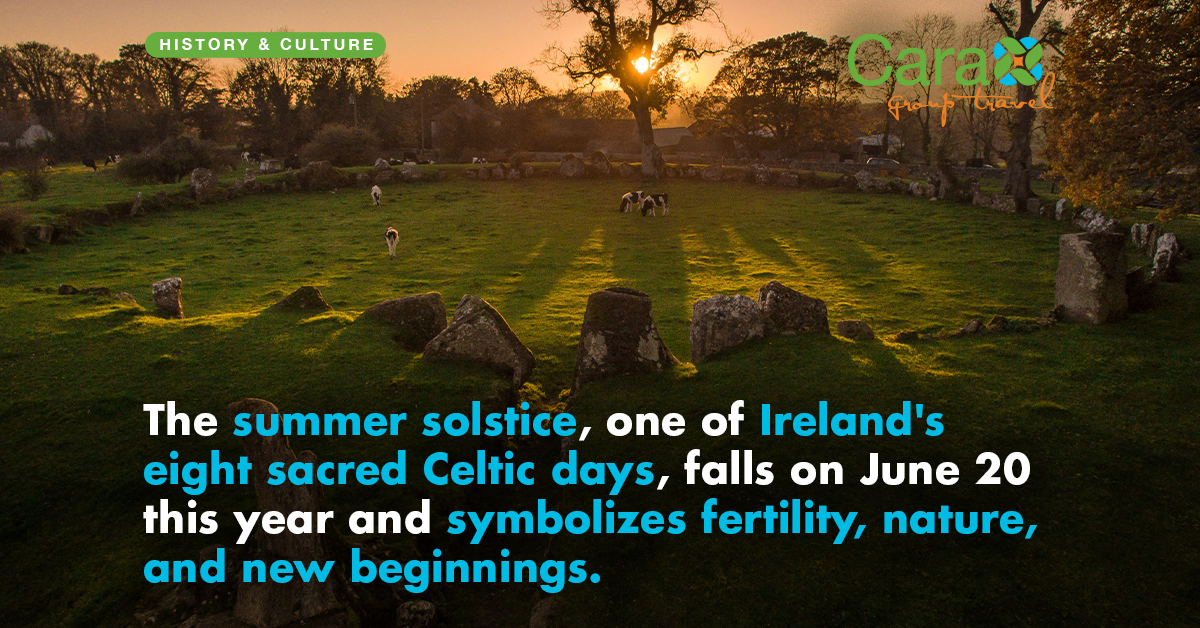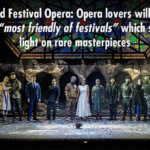Experience the mystical summer solstice in Ireland
The summer solstice is the longest day of the year and its historical and mystical significance can be felt at Ireland’s ancient sites.
One of the eight sacred days in Ireland’s Celtic tradition, the summer solstice, falling this year on June 20, is associated with fertility, nature and new beginnings.
It’s the perfect time to visit some of the island’s key archaeological sites where the solstice is celebrated in gatherings that recall ancient traditions.
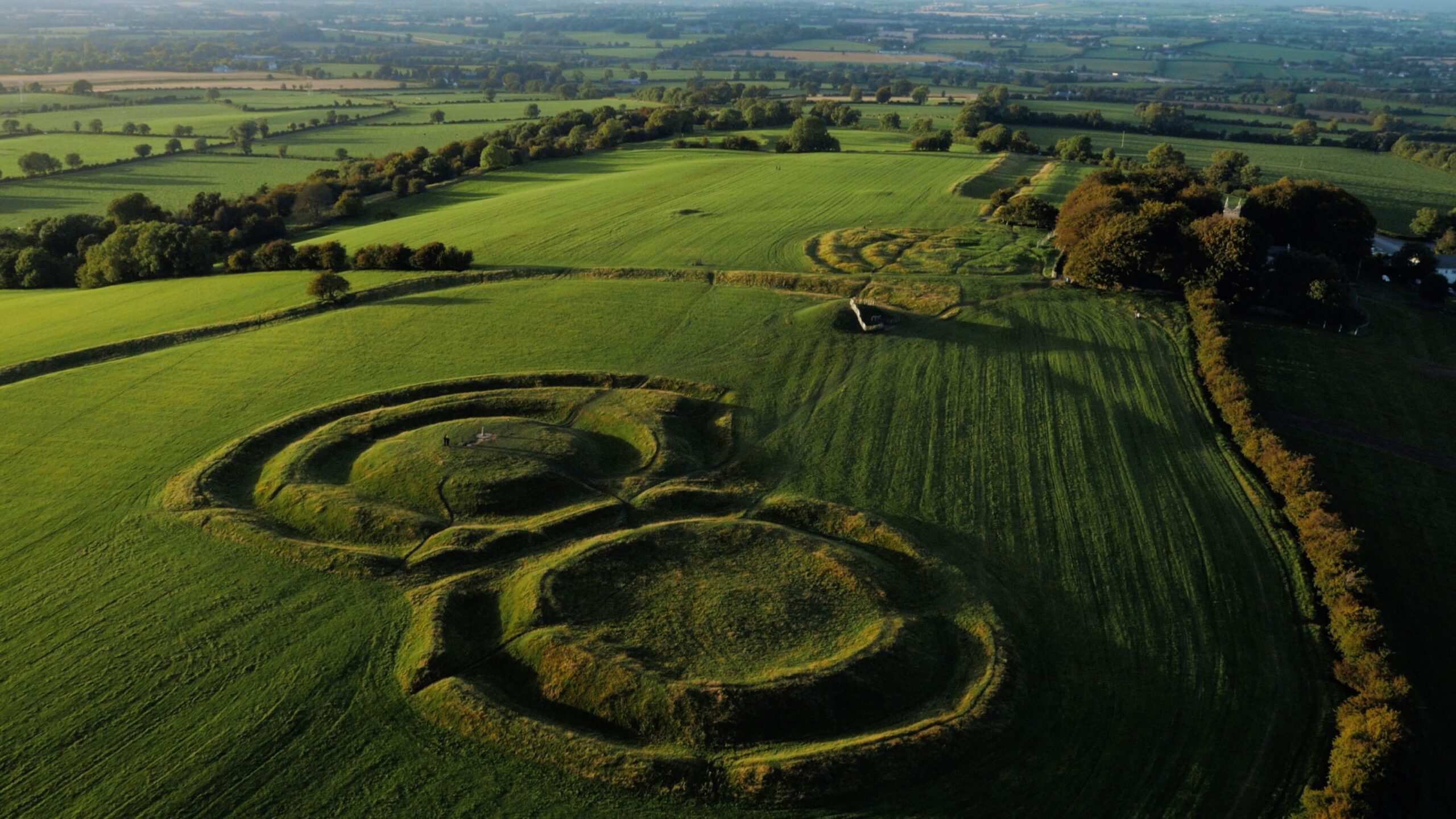
The Hill of Tara is the ancient seat of the high kings of Ireland and for centuries was considered to be the island’s most sacred place. Once believed to be the entrance to the otherworld, it is steeped in mythology. The Lia Fáil or Stone of Destiny, which was used to choose the king, still stands there. For millennia, crowds have gathered on the Hill of Tara to witness the dawn of the solstice, usually around 4am, many believing that there is a special energy there and a connection with the past. As the sun rises it is greeted with informal music and storytelling performances.
A number of Irish Neolithic tombs appear to have celestial alignments that are evident at the summer and winter solstices. The most famous is Newgrange, one of Ireland’s most important archaeological sites, which is part of Brú na Bóinne, a UNESCO World Heritage Site. Over 5,000 years old, Newgrange predates the great pyramid of Giza in Egypt and Stonehenge in Great Britain. Famous for the illumination of the tomb at dawn on the winter solstice, Newgrange is now thought to have archaeoastronomical significance at sunset on the summer solstice. A visit to the tomb is only possible on a guided tour but from a distance you can watch the setting sun skimming the edge of the tomb on the summer solstice.
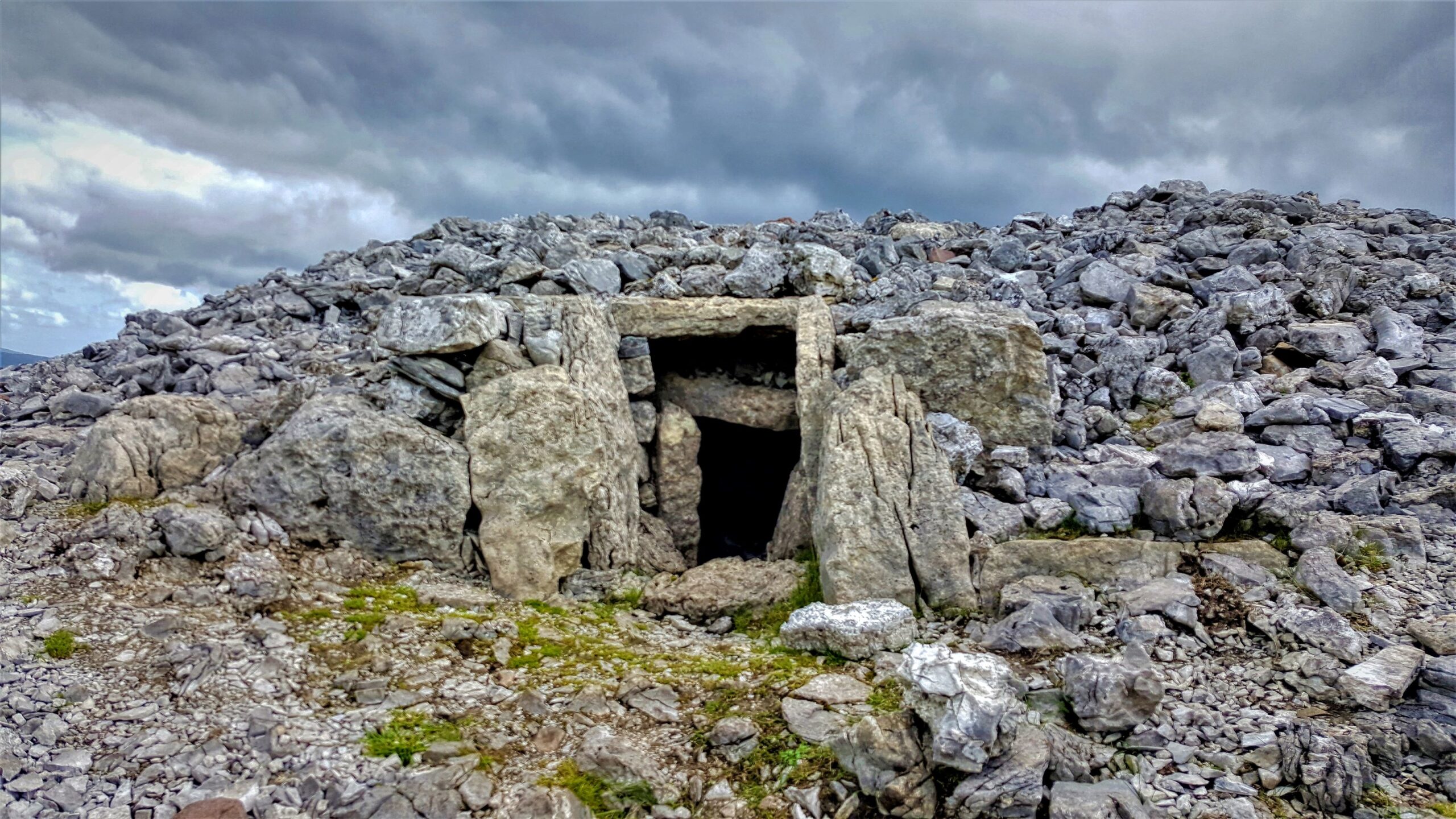
At the Carrowkeel cairns in County Sligo, the sun enters the roof box in the tomb chamber for about a month before and after the summer solstice, and for the days around the solstice the sunset illuminates the back of the chamber. These fascinating tombs are free to visit.
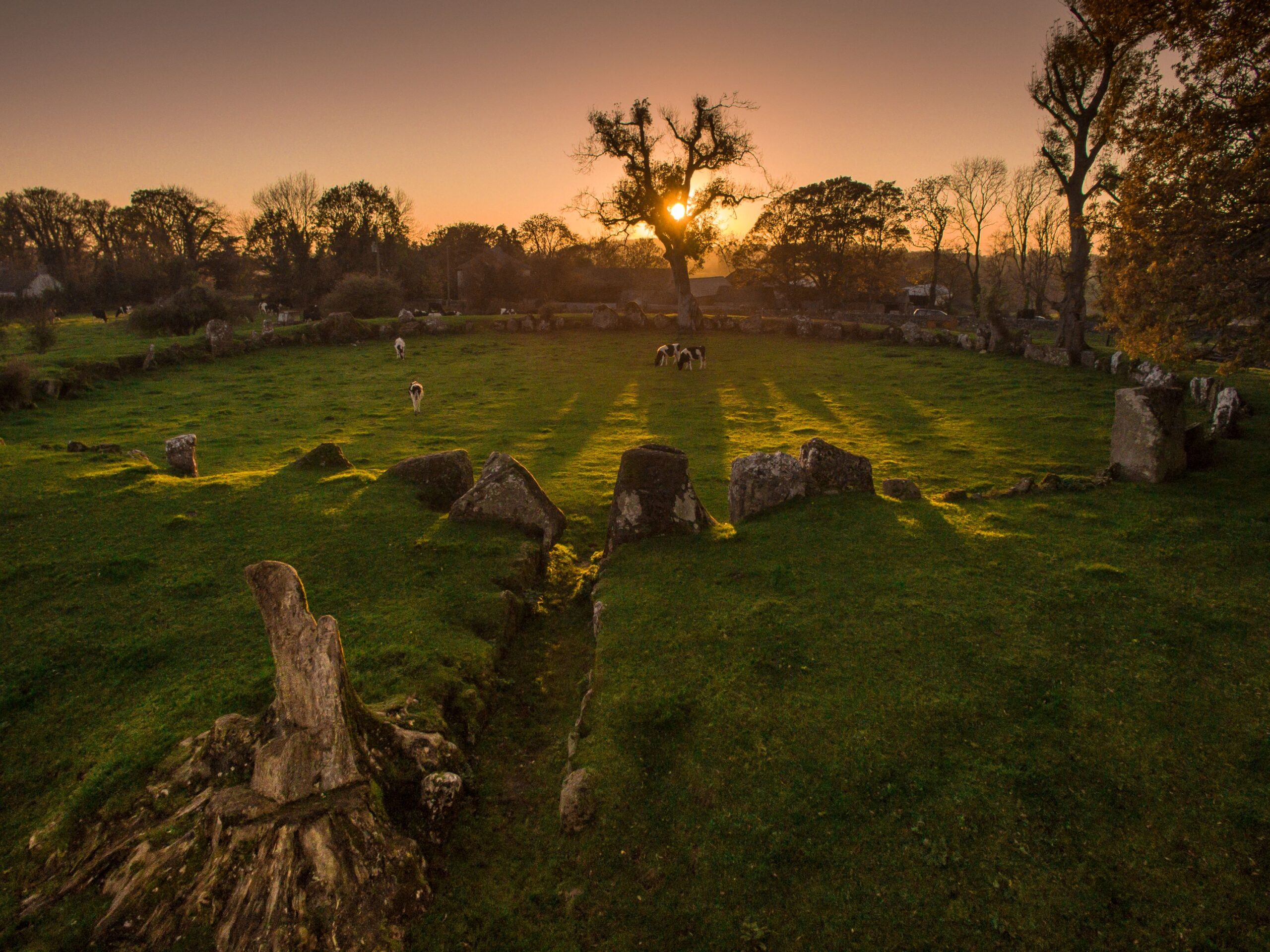
Or you could choose to greet the summer solstice in County Limerick at beautiful Lough Gur. The lake sits at the heart of an important archaeological landscape which is home to Ireland’s largest stone circle. The Grange, which dates from the Bronze Age over 4,000 years ago, has 113 standing stones and was almost certainly a place of ritual in ancient times. On the summer solstice, people gather to watch the sun rising directly over the largest stone.
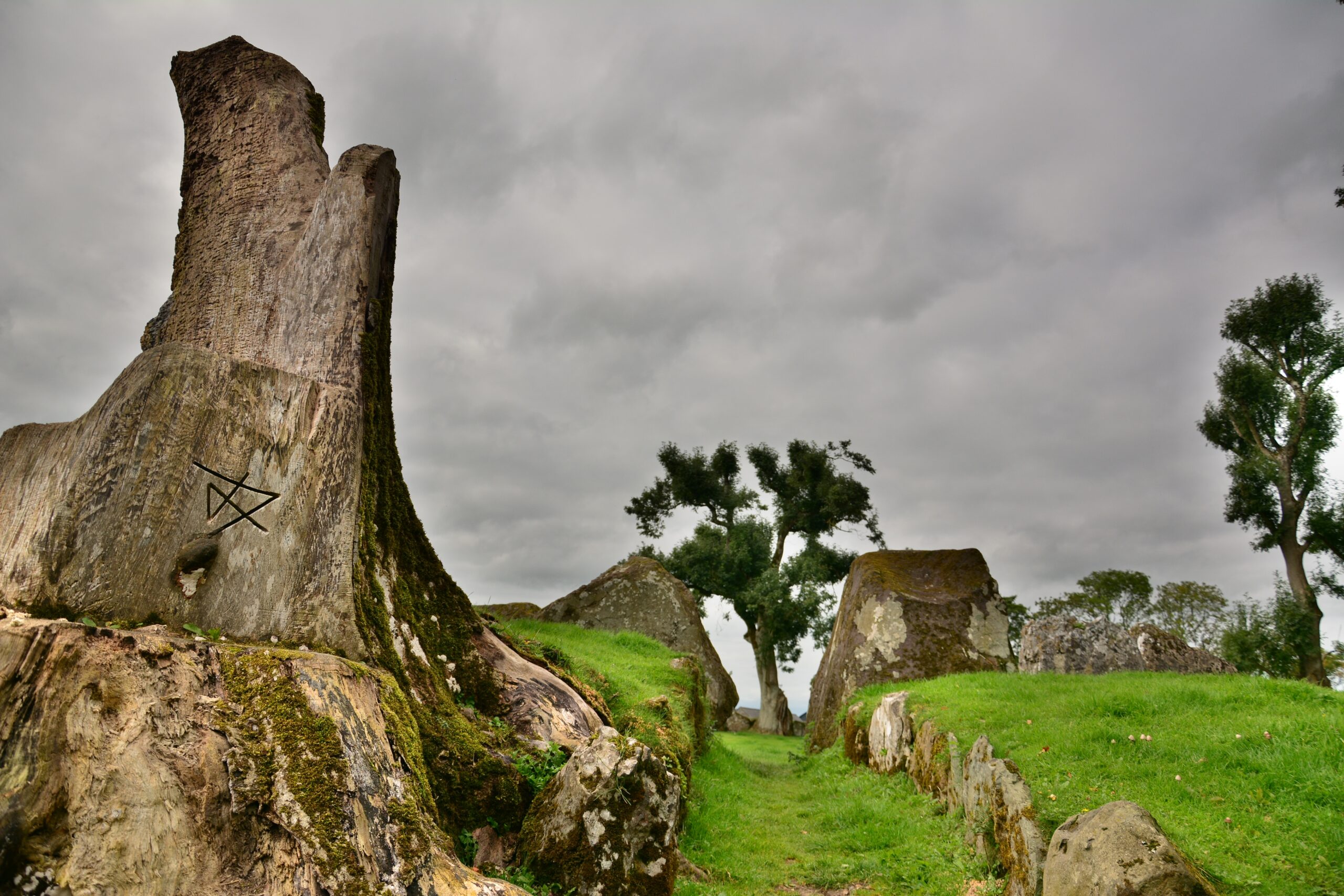
The summer solstice is of course also known as midsummer and across the island there are many lively midsummer celebrations. The Cork Midsummer Festival is the largest, a vibrant mix of theatre performances, music, dazzling street spectacles, visual art, dance and much more that runs over 12 days (12–23 June). In keeping with the mystical character of the Irish summer solstice, the festival features a special Radio Solstice over eight days which aims to be “an ear to the otherworld”.
Are You Interested in Bringing Your Group to Ireland?
Contact Cara Group Travel at 617-639-0273 to speak to a representative, or fill out the quick contact form below and a representative will get in touch with you! If you have a travel question or a general inquiry, please do not hesitate to reach out to us.

